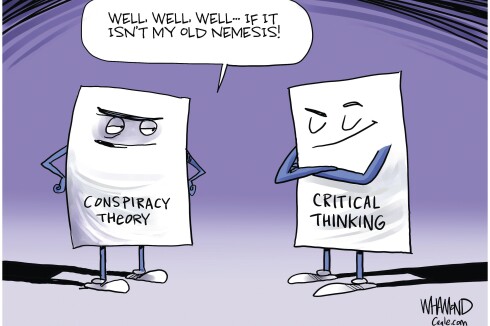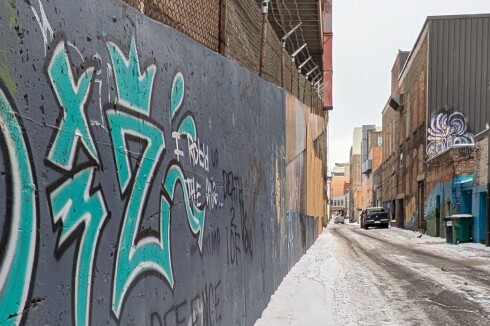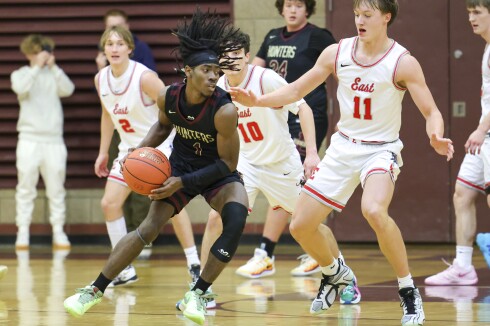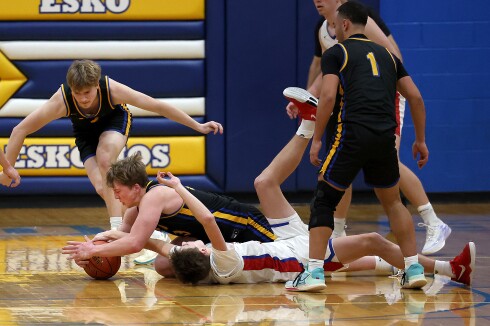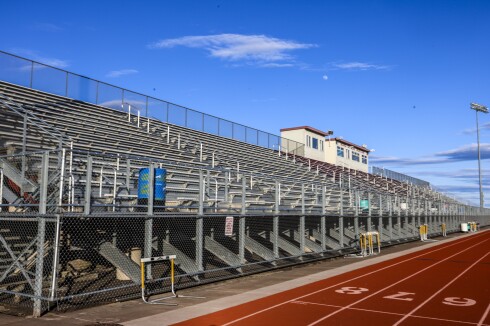Still new to Duluth — but now with his first full semester behind him — first-year UMD Chancellor Charles Nies has been surprised by a few things.
Like the traffic in Duluth compared to California, where he came here from, and where everyone drives “a little bit faster and a little more impatient.”
ADVERTISEMENT
Or how “there’s just so much more going on in (Duluth),” he said, “from the restaurant scene to the brewery scene and all that (and) the outdoors. … Here, you walk out your back door and you can be on a trail and hike. And every drive I take, I’m looking out over Lake Superior, that amazing body of water.”
Even the Northland’s arts have been eye-opening for our new university chancellor: “I’ve been to a couple concerts now on campus and the performances have been just stunning. The theater performance, they did an amazing job,” he said while also complimenting the on-campus Tweed art museum.
One thing, though, that hasn’t been surprising to Nies, that he fully expected, and that, actually, was a big part of what drew him here after 25 years in higher education and after growing up in Hutchinson, Minnesota: the culture permeating the University of Minnesota Duluth. There’s an “incredible focus on creating a powerful student learning experience,” he said in an exclusive interview last month with the News Tribune Opinion page.
“There’s this whole campus environment that says, ‘We’re all in on students and student experiences.’ That’s been really fun to be a part of,” Nies said. “Everyone on campus is just so focused on the success of the undergraduate and graduate scholars that come to the institution. That has just been super impressive. … That’s really what you want the culture to be.”
A student-centered focus isn’t always typical at a research university, Nies said. And make no mistake, there’s some intriguing, world-changing research happening at UMD. Nies highlighted just a few.
Working together, UMD faculty and students are studying water temperatures and what causes toxic algae blooms so water can be treated before a bloom happens and so toxins can be kept out of water sources. New filter systems could be developed. “All of that is research that is being done here but isn’t going to just impact Duluth. It’s going to impact the world, because those things are happening all over the world with freshwater sources,” he said. “Our undergraduate students are right there, hand-in-hand, doing that work and being part of that solution.”
In addition, UMD faculty members are working with their students to design a robot to assist with and to help treat Alzheimer’s patients, they’re tracking and studying deer and wolf patterns in order to inform public policy, they’re helping homeless families in Duluth better prepare healthy meals, and more.
ADVERTISEMENT
Many exciting activities on campus involve agencies and others from the larger Duluth community, Nies pointed out. As just one example, UMD is working with the Duluth Public Schools, Lake Superior College, and the College of St. Scholastica on a workforce initiative that focuses on health care, manufacturing and engineering, and business accounting and technology. In short, the campuses are working together to educate and prepare students to fill Duluth’s future job openings in those areas of expected demand.
Nies is UMD’s 10th chancellor. He replaced Interim Chancellor David McMillan and Chancellor Lendley Black, who retired in the summer of 2022.
Nies’ vision for Minnesota Duluth — a fixture here since 1895, with a future as bright and promising now as ever — shouldn’t come as a surprise to anyone. It’s “supporting those elements that are distinctive,” he said, which will help to ensure UMD remains a “student-centered research university that is connected to the community and surrounding natural environment.”











